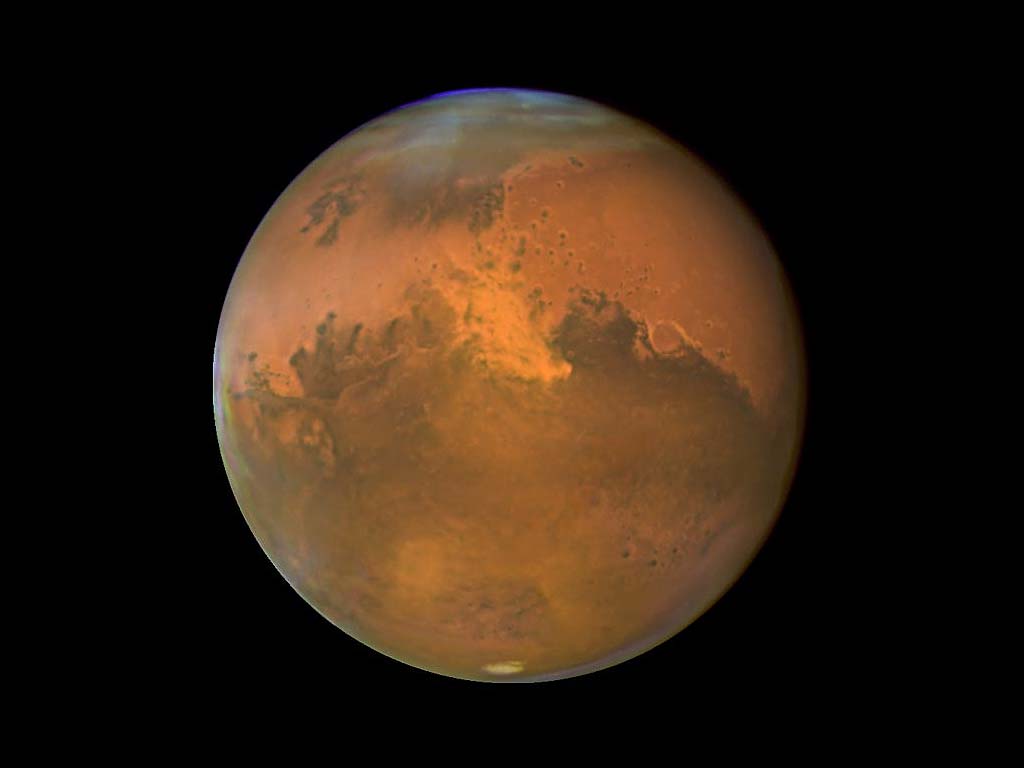 Dr Simonyi is in the last phase of preparation for the voyage |
A 58-year-old software engineer is set to become the fifth ever space tourist when he blasts off on board a Russian Soyuz spacecraft this Saturday.
Billionaire Charles Simonyi, who led development of Microsoft's Word, will lift off from Kazakhstan at 1731 GMT.
The $20m ride will make him the 450th person to enter orbit and by his own admission "the first nerd in space".
With two professional cosmonauts, he is now making final preparations in a quarantine unit at Baikonur Cosmodrome.
"There are really two reasons for the isolation," Dr Simonyi told the BBC News website.
"The practical reason is so that you don't get sick. The other reason is perhaps psychological - it helps you focus on the task ahead."
Vital control
Dr Simonyi's task started six months ago when he began training for the flight at the Yuri Gagarin Cosmonaut Training Centre in Star City, Russia and at the Baikonur Cosmodrome in Kazakhstan.
Since then he has been through a gruelling physical training programme, including strict medical tests, to prepare him for the exhilarating eight minute ride to escape the Earth's atmosphere and his time on board the International Space Station (ISS).
Dr Simonyi and the two Russian crew members - Fyodor Yurchikin and Oleg Kotov - will spend two days reaching the ISS.
Once there, he will spend ten days onboard, completing 200 orbits of the Earth and covering 5 million miles (8 million km) in the process.
The return journey, accompanied by the fourteenth ISS crew already onboard, will take just two hours and will return to Earth on 20 April.
Although Dr Simonyi is classed as a spaceflight participant, rather than a cosmonaut, he will still have a role to play in the flights.
"There are a few valves on my side of the space craft which are not flight critical but if they are not handled they will be come flight critical," he said.
The valves, situated on the right hand side of the Soyuz module, control the air conditioning and oxygen supply.
 |  By the time I get to the spacecraft, I think it will be a wonderful relief By the time I get to the spacecraft, I think it will be a wonderful relief  |
"You may think that is very important but there is a large amount of oxygen in the cabin," he explained.
However, his primary job is to make sure that he is not a burden to the professional crew.
"My main role is to take care of myself and my space suit. I have to put on the gloves, close and open the visor, manipulate the valve to check the pressure integrity," he said.
Space traditions
Once on the space station, Dr Simonyi will carry out a series of experiments including measuring the amount of radiation that he is exposed to while onboard the ISS.
The aim is to help to generate an accurate map of the radiation environment onboard the space station.
He will also be updating his website, charlesinspace.com, and taking time to gaze down on the planet.
 Dr Simonyi will fly with two professional cosmonauts |
The Hungarian-born engineer is now in the last phase of preparations and training for the mission, including regular sessions on a tilting table and in a spinning Vestibular Chair to get used to the effects of weightlessness.
In addition, his feet are gradually elevated, higher each night, while he sleeps in bed.
"It gives you a feeling of fullness in the head, which is typical of weightlessness," said Dr Simonyi.
He will also take part in a series of ceremonies and rituals, including a viewing of Russian film White Sun of the Desert, a tradition for cosmonauts spanning many years.
Friends and family will also attend a party, although they will be separated by glass from Dr Simonyi to prevent the spread of infections.
"By the time I get to the spacecraft, I think it will be a wonderful relief from all of the excitement and I can just concentrate on the flight which we have simulated many times," he said.
"That is probably the easiest part."
Lunar dream
Dr Simonyi's once in a lifetime trip has been arranged by US-based Space Adventures.
The company has previously sent four private explorers to space.
 Anousheh Ansari flew to the ISS in September 2006 |
In 2001, American Dennis Tito became the first space tourist. He was followed by South African Mark Shuttleworth the year after, and American Greg Olsen in 2005.
Iranian-born US businesswoman Anousheh Ansari became the first ever female space tourist in September 2006.
She was a last minute replacement for Japanese businessman Daisuke Enomoto who failed his medical tests.
"Every time someone flies it keeps proving that there is a market for this," said Eric Anderson, co-founder of Space Adventures.
As well as trips to the ISS, Mr Anderson's company plans to develop suborbital vehicles for pleasure flights and be the first to complete a tourist trip to the dark side of the moon.
"That's the $100 million dollar grand daddy of them all, where we use the Soyuz capsule to do a circumlunar pass," said Mr Anderson.
It has not been announced whether anyone has signed up for the ambitious trip.
Source
 08.08.07 - 6:36 p.m. EDT
08.08.07 - 6:36 p.m. EDT















